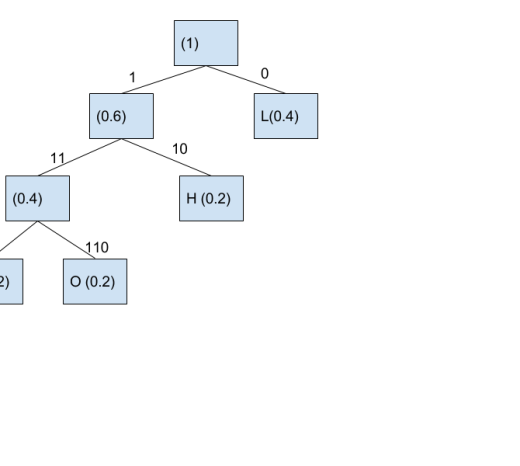Prerequisite Python, Scikit and Panda installed in your laptop. It's better to install conda as it has all the required libraries. Install Jupyter too. It really helps in python coding. Panda Panda is a popular python library to explore and manipulate data. Scikit Scikit is popular machine learning framework in python. Regression Regression is process to... Continue Reading →
Huffman Code – An example of Greedy Algorithm
Introduction A greedy algorithm always makes the choice that looks best at the moment. It makes a locally optimal choice in the hope that this choice will lead to a globally optimal solution. Greedy algorithms do not result in optimal solutions always but for many problems they do. A problem can be solved by Greedy... Continue Reading →
Dynamic Programming : An example showing Lowest Common Subsequence in Java
Introduction Optimal Substructure : A problem is said to be a optimal substructure if an optimal solution can be constructed from optimal solution of it's subproblem. Overlapping subproblems : A problem is said to have overlapping subproblems if the problem can be broken down into repetitive subproblems. Greedy Algorithm is used to solve problems having optimal... Continue Reading →
Example : Use Scikit-Learn, PySpark ML Models in Java Using MLeap
Introduction: Many of the most popular machine learning frameworks are based in python. The other fact is that java has been around for quite some time as preferred language for backend development. One way could be to expose ml models as APIs. Downside being need to manage another service and extra calls over network which... Continue Reading →
An example : Unit test using Argument Captor
This is the excerpt for your very first post.


